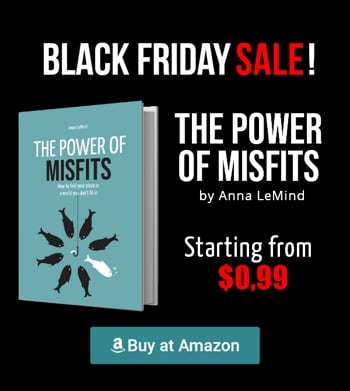We’ve all heard of MDMA; otherwise known as “Molly” at rave parties.
For those who are not familiar with the drug, MDMA is a psychoactive drug, the consumption of which has euphoric effects, hence it is taken in the context of parties. Of course, like most drugs, MDMA is also very much illegal in many countries, making its production, distribution and usage a crime.
A man named Emanuel Sferios, however, has been an advocate for the legalization of MDMA for several years now, with his latest campaign to create MDMA: The Movie, having already gathered 10,000$. Sferios’s struggle is based on two major points on which he bases his arguments.
Firstly, MDMA’s capability of aiding in treating Post-Traumatic Stress Disorder (PTSD), and secondly, the larger issue of responsible governmental control of drug use and distribution by legalizing them, and thus being able to control the market efficiently.
MDMA and PTSD
Here is what we know about MDMA and its effect in cases of patients suffering from PTSD: according to Sferios, a minimal regulated dose of the drug has positively affected 83% of PTSD patients, who stopped displaying symptoms of the disorder after two months of experimentation.

Sferios stresses the importance of keeping the dosage at small and regulated levels, thus bringing down the misconception that the dtug, like all drugs, is evil, and replacing with a very simple truth: things are evil and bad for you only when uncontrolled and misused.
“The protocols for the use of the drug were established in the late Seventies by the therapeutic community who had first used it before it was ever used as a party drug,” he explains. “The doses were between 80 and 125mg and, like a psychedelic, you take your initial dosage and you have your trip, which involves coming up, a plateau and coming down.“
Legalization benefits
Which brings us to the second major argumentative point in the debate of MDMA’s legalization: the highly risky tactics of majorly uninformed or misinformed users and the adulterated market they get their product from.
It is common practice within the drug emporium to adulterate or “cut in” drugs such as cocaine, MDMA etc with other substances, thus diluting the substance that has actual effects on the human brain, and increasing the volume of product bought.
Those other substances can be flour, sugar, or, as is likely a lot of the time, dangerous chemicals that cause more harm to one’s system than the drug itself ever could. The most common such chemical used to cut in MDMA is methylone “bath salts”.
Another major issue that can arise with this practice is that most of the time people not only don’t know what they are taking but also how much of the stuff they are taking as well, something that greatly increases their risk of overdosing.
Thus, the importance of governmental regulation and control, similar to the Dutch model. All it takes is acceptance of the fact that to quote Sferios, “the war on drugs has failed”.
Could Sferios’s campaign bear fruit? A logical and more medical approach to drugs definitely sounds better than the witchhunt mentality that has only recently begun to shift across the globe.





looks like another jwe trying to conrner another drug market